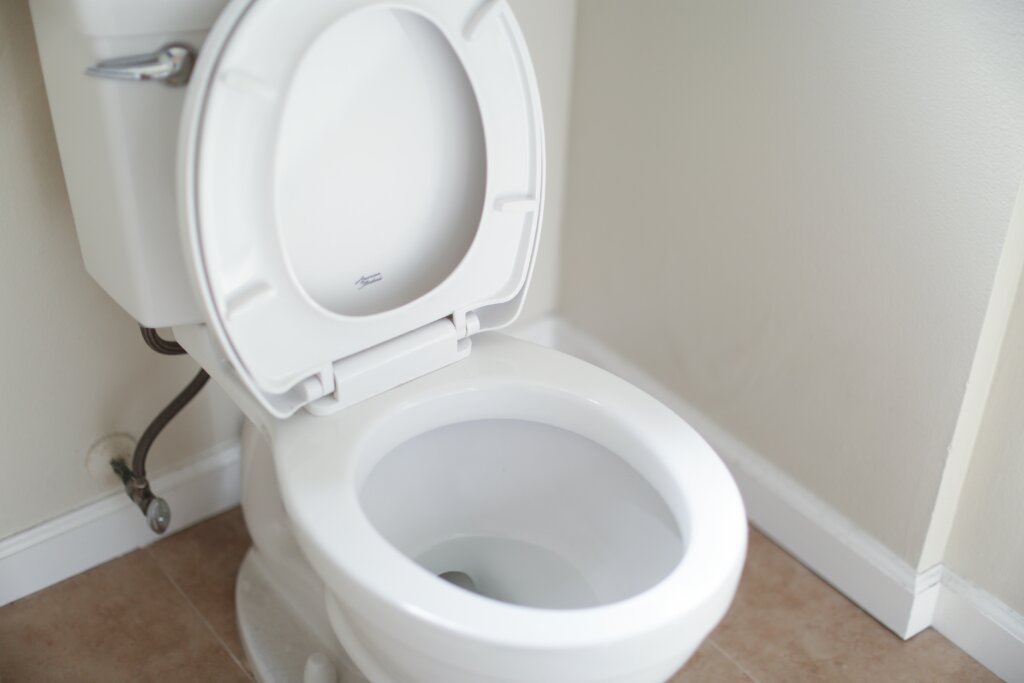An overflowing toilet isn’t unusual, but it’s a potentially serious problem with hidden causes that require attention. Typically, a toilet overflows due to one of the following reasons.
Clogged drain
Attempting to flush too much toilet paper down the drain will often lead to a clogged drain and even an overflowing toilet. Flushing other items down the drain, like napkins, cotton balls, wipes, feminine hygiene products, and other non-flushable items can also create a clog. You can use a plunger to clear the clog, or a plumbing snake to break up or pull out the material.
Blocked plumbing vents
Plumbing drain lines need vents to help release pent-up sewer gasses that are created when the waste in the pipes breaks down. In addition, plumbing vents bring fresh air into the system to replace the air that is forced down the drain during each flush. If the vents are blocked, the toilet won’t function properly and may overflow. Lack of air in the pipes will also create a vacuum that could damage the plumbing infrastructure.
Sewer line blockage
If wet wipes, paper towels, napkins, or feminine hygiene products are routinely flushed down the toilet, eventually, the sewer line will become blocked or clogged.
Tree roots growing into the drain can also cause a sewer line blockage. Another potential cause of a sewer line blockage is construction on the sewer line or sewer main that shifts pressure or creates pressure on the drain pipe and creates a clog.
Back flowing septic tank
Homes with a septic tank will need to regularly clean out the tank and keep up with septic system maintenance. If the tank is full, flushing waste down the toilet can cause back flowing into the home.
Similarly, if the septic tank or the line to it is obstructed, the waste will backflow into the home and overflow the toilet. You’ll need to contact Tucker Hill for professional septic tank repair.
Addressing an Overflowing Toilet
When you have an overflowing toilet, be sure to take the following steps.
- Turn off the water supply.
Manually push the flapper down to prevent water from flowing into the tank and turn off the water to the toilet at the water supply valve.
- Clean up excess water.
Mop up the excess water and waste to prevent mold and mildew.
- Plunge the toilet.
Use a plunger to clear the clog and turn the water back on. Flush the toilet to see if the issue has been resolved.
- Snake the drain.
In some cases, you’ll need to snake the drain to break up the clog or pull it out.

